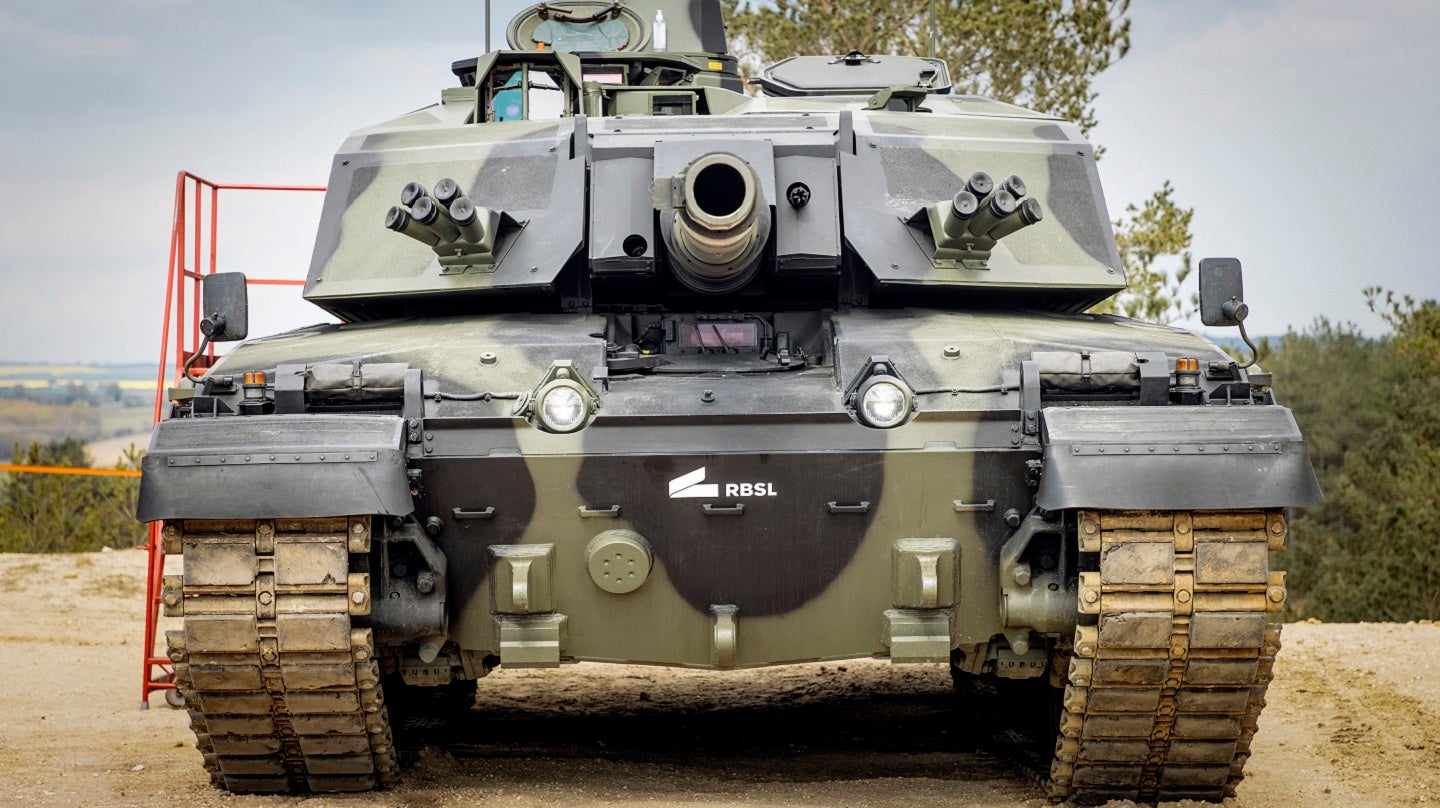
The UK has signed an agreement with Germany to begin work on the next phase in the development of more lethal ammunition for the new main gun due to be fitted to the Challenger 2 main battle tanks (MBT), as they are upgraded to the Challenger 3 variant.
Currently, the UK is looking to upgrade 148 Challenger 2 MBTs to the Challenger 3 standard, which will see the integration of a new turret, improved sensors and optics, and the smoothbore L55A1 120mm gun from Germany company Rheinmetall.
The project is being undertaken by the RBSL joint venture between Rheinmetall and BAE Systems, with the UK Ministry of Defence (MoD) placing an £800m ($1.11bn) contract for the conversion of 148 Challenger 2 tanks in May 2021.
Initial operating capability is expected in 2027, while full operating capability is scheduled in 2030. In the light of lessons being learned in the ongoing Ukraine-Russia war, the UK was also considering whether to upgrade additional Challenger 2 tanks to the new variant.
However, despite this potential increase in Challenger 3 numbers, any such ambition could hit the buffers before it begins. The British Army has just 157 Challenger 2 tanks available for operations, out of a paper fleet of 227 vehicles, due to cannibalisation of platforms for spares.
More lethal ammunition?
In a 27 April release, the UK MoD’s Defence Equipment and Support (DE&S) stated the next phase in the development of new armour-piercing tank ammunition would begin following the signing of a statement of intent by the UK and Germany on the Enhanced Kinetic Energy (EKE) round, intended to provide a “step change” to British Army lethality.
Demonstrating that the new munition passes all legal and regulatory standards, this next phase of “qualification” marks a significant milestone in the ammunition’s programme, DE&S stated. Ongoing discussions will seek a joint programme to be stood up this year, with the aim for the EKE ammunition to be used on Challenger 3.
The new EKE rounds would be fired from the L55A1 turret on Challenger 3 and German Leopard 2 MBTs, with the British Army’s new Challenger turret effectively ported over, with modifications, from the Leopard 2 design.
Under the terms of the new agreement, Germany and the UK will also “remain open” for other nations to join or be export recipients, as well as continuing discussions on potential collaboration for other types of 120mm tank ammunition.
As the programme develops, the sharing of work between the countries will be key to ensuring a sustainable industrial capacity for both nations’ industries. In February 2023, the UK MoD announced the approved the Critical Design Review for Challenger 3.
A replacement for depleted uranium?
The switch to a smoothbore 120mm main gun for its MBTs will see the UK join the US and virtually of its other Nato allies in operating such a weapon, offering the opportunity for collaboration on upgrades. The 120mm L30A1 main gun of the Challenger 2 is rifled, and thus saw the British Army maintaining a weapon system and ammunition stock unique from its Nato partners.
However, one possible loss to the British Army with the removal of the L30A1 and moving to the Nato-standard German system is the lack of depleted uranium (DU) anti-tank round for the L55A1, as is currently the case with the Challenger 2 and its CHARM 3 ammunition.
It is likely that the joint UK-German development of a more lethal round for the UK Challenger 3 and German Leopard 2 fleets is in part an attempt by the UK to offset the loss of a DU penetrator.
Depleted uranium is a by-product of the nuclear enrichment process and is left over after most of the highly radioactive form of uranium (U-235) is removed from the natural uranium ore, according to the US Environmental Protection Agency, and is used to harden tank armour or in the creation of highly dense anti-armour munitions.








